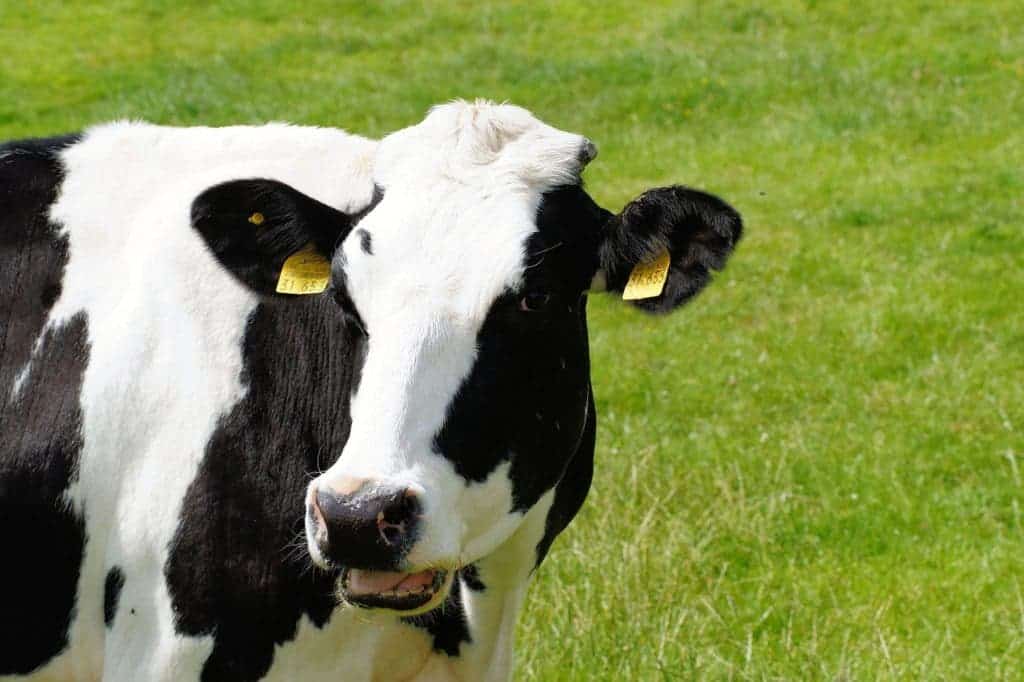We’re generally more interested in what’s on our plate than how we eat it, but here’s an interesting thought you can bring to the dinner table tonight. According to evolutionary biologists from the University of Chicago, the same side-to-side chewing motion that’s familiar across most mammals helped our early ancestors grind food with their molars and opened up access to a more diversified diet. This evolutionary edge may have gone a long way 66 million years ago, during the mass extinction event of the Cretaceous known for wiping out the dinosaurs.
You’ll often hear aviation engineers use the terms ‘pitch’ and ‘yaw’ to describe the movements of airplanes, where pitch rotation results in basic up and down movement while yaw rotation results in side-to-side, crosswise motion. The same terms are employed by the biologists as well, when talking about the mechanics of motion of various body parts. For instance, almost all modern mammals from deer to kangaroos to humans share similarities in their jaw and muscle structure that enable both pitch and yaw.
David Grossnickle, a graduate student at University of Chicago’s Committee on Evolutionary Biology, wanted to investigate how mammalian chewing evolved. He painstakingly combed through 2D photos of early mammal fossils and 3D data collected from modern mammal specimens by the Field Museum, and eventually spotted some patterns.
The analysis revealed mammal teeth, then their muscles, were increasingly adapting to allow yaw chewing. For instance, species began to develop projections on the upper molars that fit into the basin on the lower counterpart. The development caused changes in the musculature of the jaw which had to adapt to provide more torque required for side-to-side movements. Another important morphological change was around the ears, as a bony attachment between the middle ear elements and jaw became gradually lost.
Eventually, early mammals became able to grind food between the molars like a mortar and pestle instead of cutting it with simple up and down movements like a knife. The whole process can be traced back to as early as 160 million years ago.
“If you have a very specialized diet you’re more likely to perish during a mass extinction because you’re only eating one thing,” Grossnickle said in a statement. “But if you can eat just about anything and 90 percent of your food goes away, you can still live on scraps.”
This adaptation in the jaws and teeth may have been key to the success of early mammals following the great dinosaur extinction. Like dinosaurs, mammals were hit hard by the nuclear-winter-like conditions left in the wake of the giant asteroid impact which hit Chicxulub, Mexico, but due to a combination of factors like small size and high breeding rates, the mammals were able to rebound. Diet and, equally important, chewing motion seem to have played a very important role as well.
“The continued presence of tribosphenic molars in many modern mammalian lineages provides strong evidence of its evolutionary importance. Thus, the concurrent evolutionary changes to jaws, molars, ears, and chewing cycles in early cladotherians may have been an especially significant event in mammalian evolution,” Grossnickle concludes in his paper.
Journal reference: David M. Grossnickle. The evolutionary origin of jaw yaw in mammals. Scientific Reports, 2017; 7: 45094 DOI: 10.1038/srep45094











